Symptoms of a Bad Mass Air Flow (MAF) Sensor & Replacement Cost
For all the car enthusiasts out there, I’m sure you’re aware of the internal workings of the vehicle. For all the beginners, or people who want to ensure good vehicular performance, the importance of good mass airflow cannot be underestimated.
In general terms, a MAF sensor detects and ensures that the correct ratio of air enters into the internal combustion engine. Since that is the heart of the operation, it’s of utmost importance to ensure that you pay attention to its maintenance.
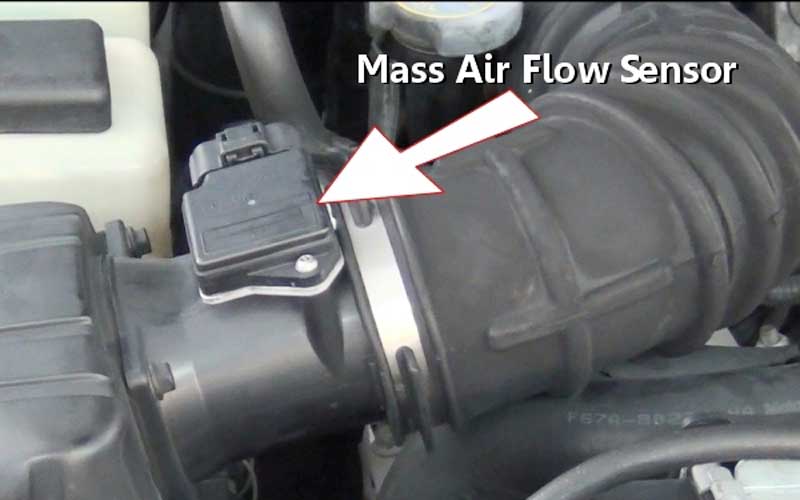
For starters, the placement of the sensor is in a place where it is hard to spot from the outside. This can make direct inspection difficult and requires specific attention to detail.
Secondly, if you’re unfamiliar with the symptoms of bad performance of a MAF sensor, then you won’t ever be able to tell the difference.
In this segment, we’ll address the major symptoms of a Mass Air Flows when their performance starts to decrease. Without further ado, let’s get into it!
The importance of good MAF sensors
People often underestimate the true importance of a good MAF sensor. Not only does it optimize your vehicle’s performance, it’s also the simplest way to make sure you get the mileage you deserve.
A good Mass Air Flow sensor ensures that your engine doesn’t outwork themselves in the smallest of tasks. To put it analogously, the MAF can be compared to the heart. However, in this case, repeated actions or repetitions doesn’t make the engine stronger but actually makes it worse.
MAF sensors will also make sure that your vehicle accelerates smoothly on an open road. Your vehicle’s response to it is dictated heavily by how well the sensor responds to mechanical stimuli.
Last but not least, Air Mass Flow sensors are also responsible for ensuring that your vehicle doesn’t overwork itself in working in a fuel deficit. This is done by ensuring that the right proportion of air and fuel is provided to the vehicle on a consistent basis.
Symptoms of bad Mass Air Flow (MAF)
When contemplating the symptoms of a bad Mass Air Flow, it is of key importance to understand the fundamentals behind the cause.
Additionally, there is also another differential to consider, which might make your life easier down the road.
When considering symptoms, it’s important to realize and acknowledge that not all of the symptoms will start showing up together. In some cases, you’ll only notice one symptom. In others, there might be many working in conjunction.
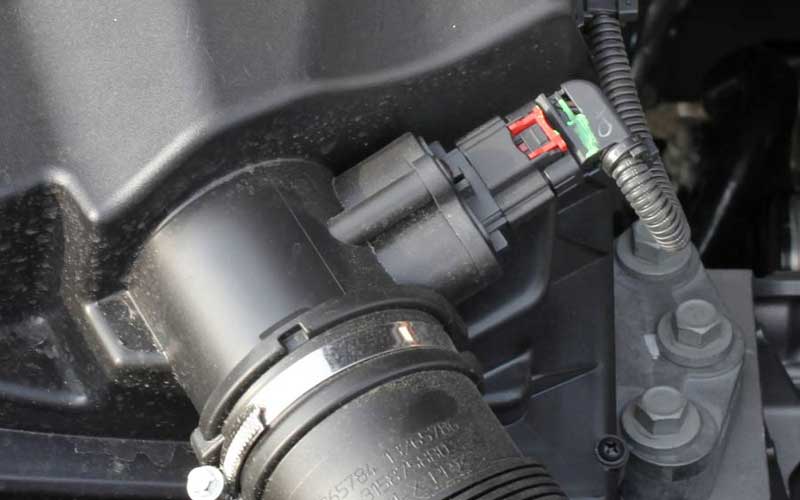
In all cases, it’s always a good idea to always be on the watch out. With that said, here are the main things you should watch out for!
Engine light illumination
Generally speaking, this is arguably the simplest warning that your vehicle’s internal sensors present to you.
Behind the steering wheel, there is a small icon that blinks if the engine isn’t operating as it should. However, it’s important to realize that the engine light illumination doesn’t necessarily point towards a faulty MAF.
To be on the safe side, take this as an initial stage warning, and get your vehicle checked out as soon as feasible. Better to be safe than sorry, right?
Engine won’t start initially.
In the winters, it’s almost natural to anticipate that your vehicle won’t start easily first thing in the morning. The process will require a little bit of preparation.
However, if such problems persist in the summers, and virtually all the time, then your vehicle might be victim to a faulty Mass Air Flow.
With the incorrect composition of air and fuel, it’s almost natural to assume that your vehicle won’t have that initial drive to start itself optimally.
Lean idling
Lean idling is the case where your vehicle is provided with the incorrect composition of air to fuel. In this particular case, there is much more air than gasoline/petrol.
Generally speaking, lean idling occurs when the Mass Air Flow sensor gets dirty or contaminated. This is pretty easy to address and clean out. However, it’s highly advisable that you refer to a technician for the job, and don’t do it yourself.
Excessive fuel consumption
Let’s be real. Most of us have a general idea of how much fuel our vehicle requires.
In some cases, we’re so confident about the mileage that we start judging distances based on how much fuel our vehicle would require. This intuition sharpens with time and can bring you fairly close to the actual numbers required.
Hence, if you see that the numbers are starting to go off-balance and you’ve been using your vehicle for a while, then that is cause for alarm. On the first indication of excessive fuel consumption, get your vehicle checked.
A good rule of thumb to follow is how long your overall weekly fuel use lasts. If it’s off by a day, then there isn’t much cause for alarm. If it lasts less than four, then your Mass Air Flow sensor might be acting up.
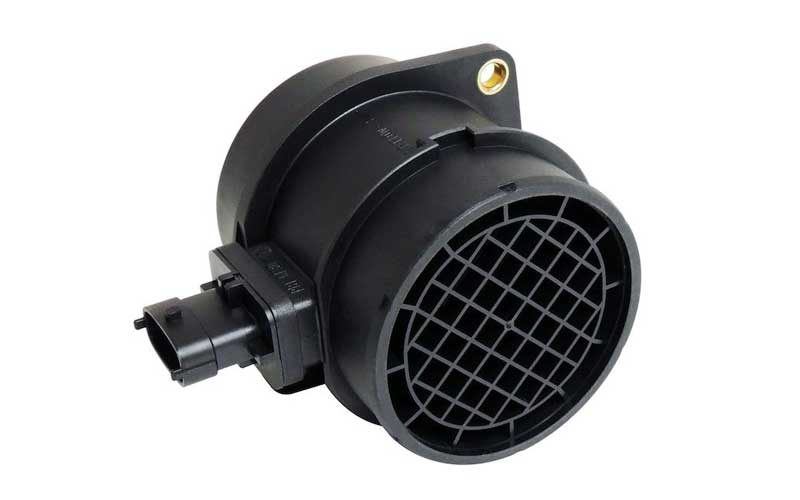
Engine drags excessively
When extra load is added to your vehicle, it’s fairly natural to assume that it will now require more fuel to cover the same amount of distance.
However, if your vehicle drags from time to time, or exhibits a drastic decrease in performance, then your sensor might not be working optimally.
This is traced down to the basics. Your vehicle isn’t getting the right amount of fuel and is functioning in a deficit state, something that it can only maintain for short periods of time.
Engine stalls from time to time
This symptom is generally exhibited when you start your vehicle for the first time after a little while.
At the start, the sensor sends the right input to get the gears working. However, after a couple of moments, the sensors misjudge and start sending in inaccurate readings. This tips the ratio in the opposite direction and causes your engine to stall all of a sudden.
The main reason for this is the same as mentioned above. In either case, it’s highly recommended that you get your vehicle checked if this issue persists.
Unsteady acceleration
Unsteadily acceleration or hesitated acceleration is when the vehicle doesn’t respond as it should when you put your feet on the accelerator.
Simply speaking, the harder you press the accelerator, the more your vehicle should accelerate.
However, with a faulty Mass Air Flow sensor, the vehicle doesn’t respond that way. You can press the accelerator all the way down, and the vehicle might maintain a mediocre speed.
If this starts happening to your vehicle, it’s highly recommended that you get your vehicle inspected as soon as possible.
This is because unsteady acceleration can cause accidents on highways, or even on turns.
Unit replacement
If any of the symptoms start showing up consistently, then it’s high time to get your sensor replaced.
Generally speaking, working with Mass Air Flow sensors require a little bit of background with vehicle parts. Do not expect that you’ll get the job done right on the first try. However, with some technical finesse and persistence, everything will come off fine.
Assuming that you’re now committed to replacing your old unit, it’s time to remove and replace it. For that, we would highly suggest that you get a hold of the manual.
Since most models differ in installation procedures, you can’t generalize the process, although it’s good to note that the underlying principles are fairly consistent.
By using the manual and for careful inspection, and the appropriate tools required, you can remove the old unit and install the new one. The first indicator for good performance is that the engine light won’t be blinking.
After that, proceed to use your vehicle for a week. In most cases, the bulk of the symptoms disappear. If yes, then you’re good to go.
If they don’t, don’t panic. Now is the best time to see a professional and have this matter sorted out.
Operation time
In most cases, Mass Air Flow sensor replacement isn’t a long process. The bulk of the time will be spent diagnosing the problem and choosing the right fit for the replacement.
When you actually start to get your hands dirty, the complete process will be done within 90 minutes. However, this might go up to 2 hours if you’re not familiar with the intricacies of the internal engine.
Hence, it’s a good idea to get yourself acquainted beforehand!
Final Thoughts
A good Mass Air Flow sensor will make all the difference when it comes to vehicular performance. We highly advise you that if any of the symptoms start exhibiting themselves, don’t wait for all of them to start showing up.
If things keep piling up, the ramifications of such a thing can be life-threatening. Hence, it’s best to start working while you’re ahead.
If you have any questions or feedback, or any recommendation, you can get in touch with us via our email!
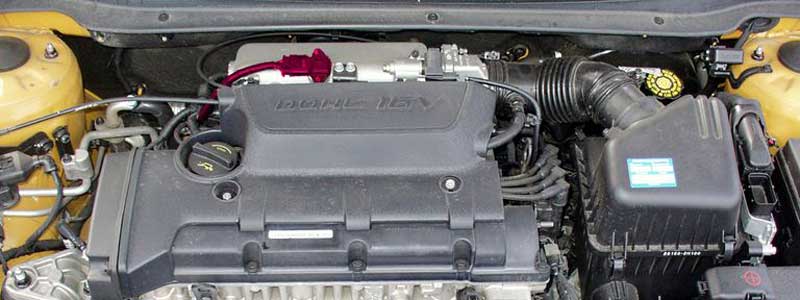

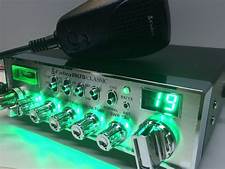



Post Comment